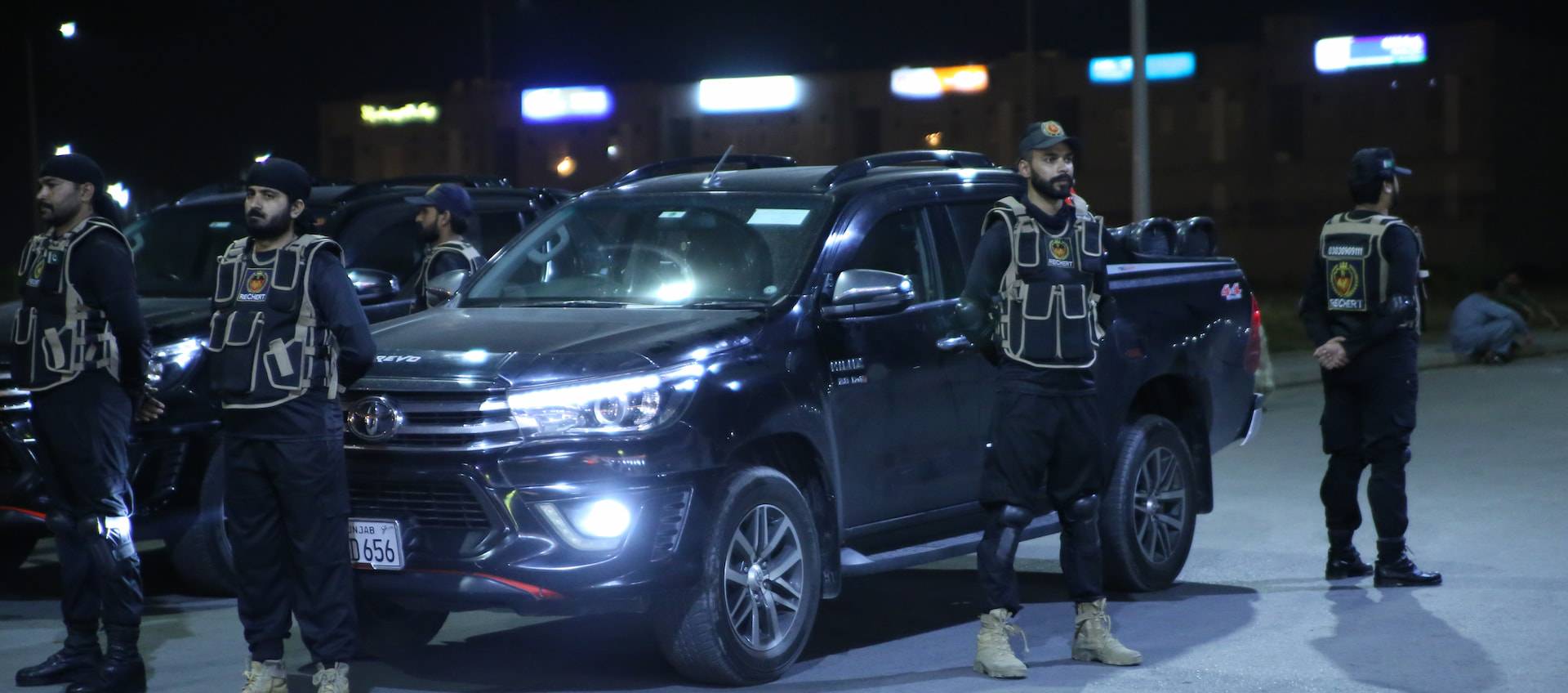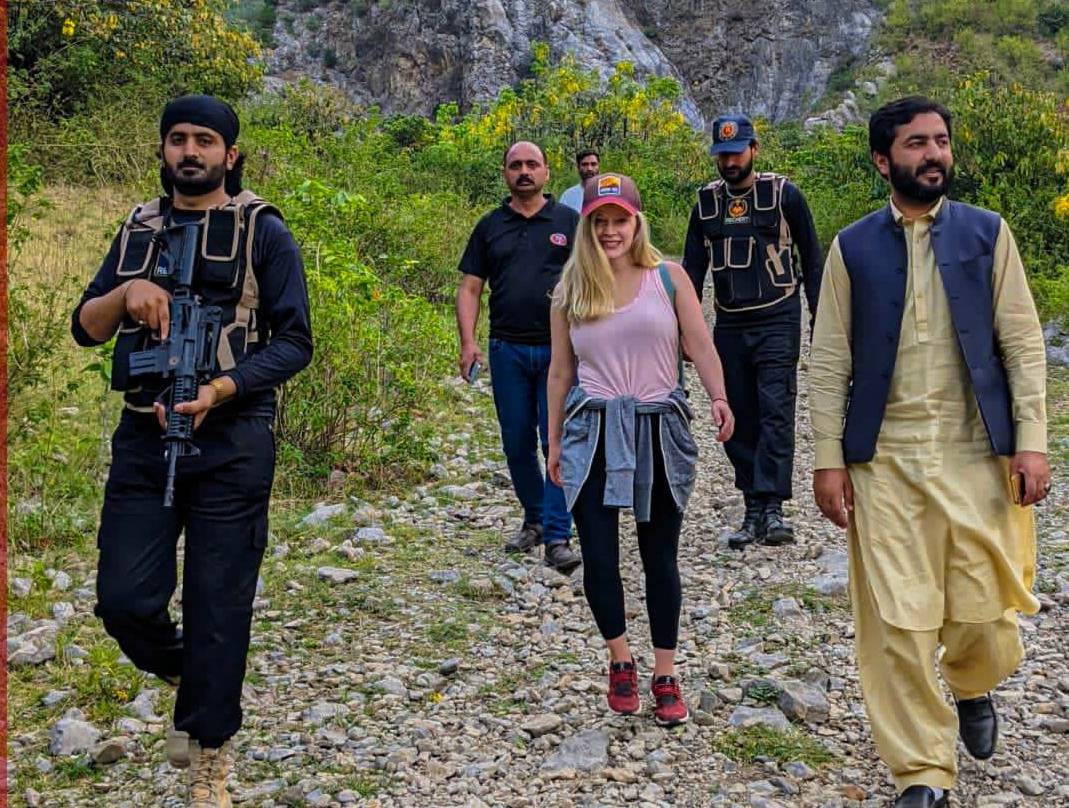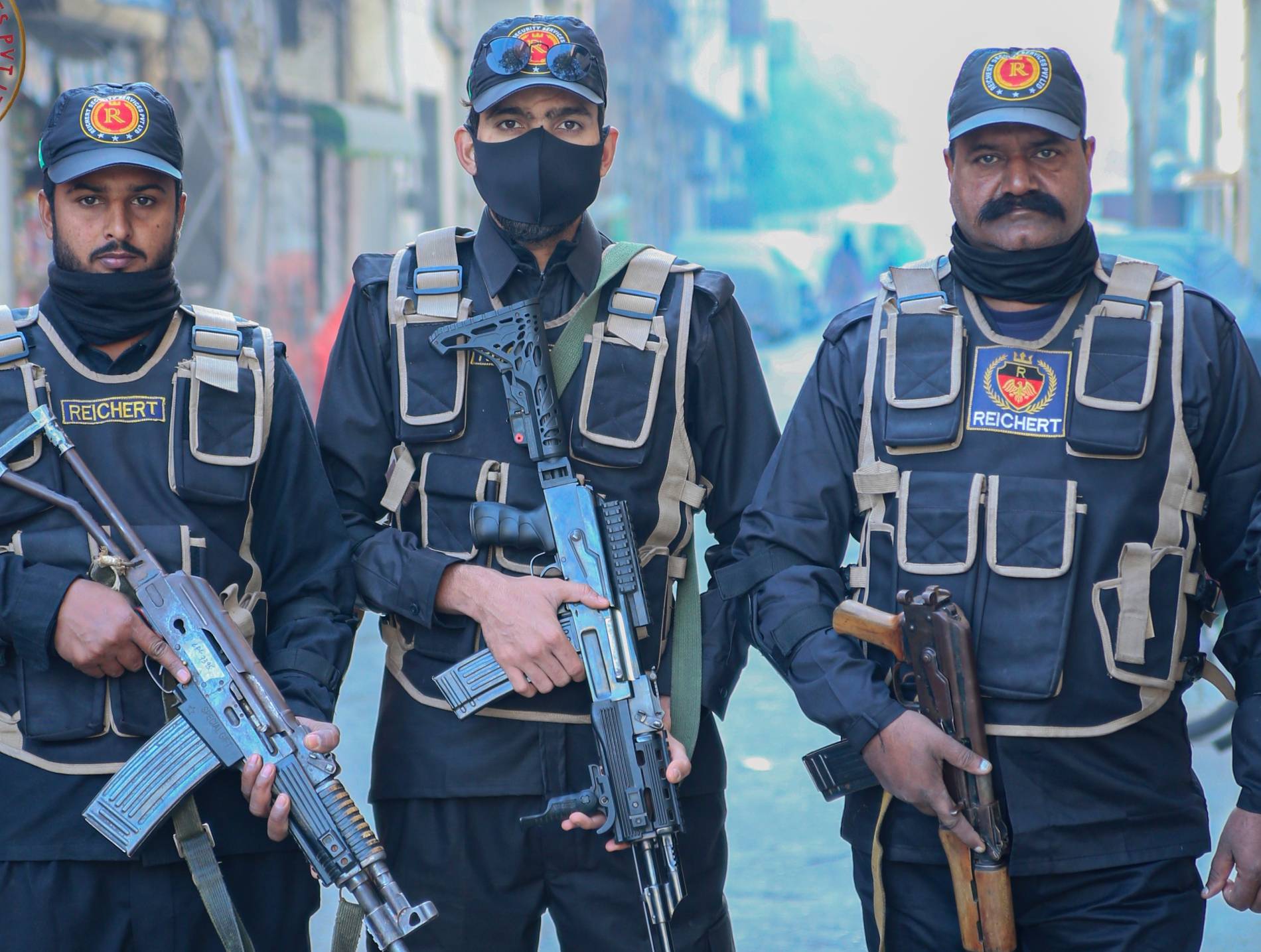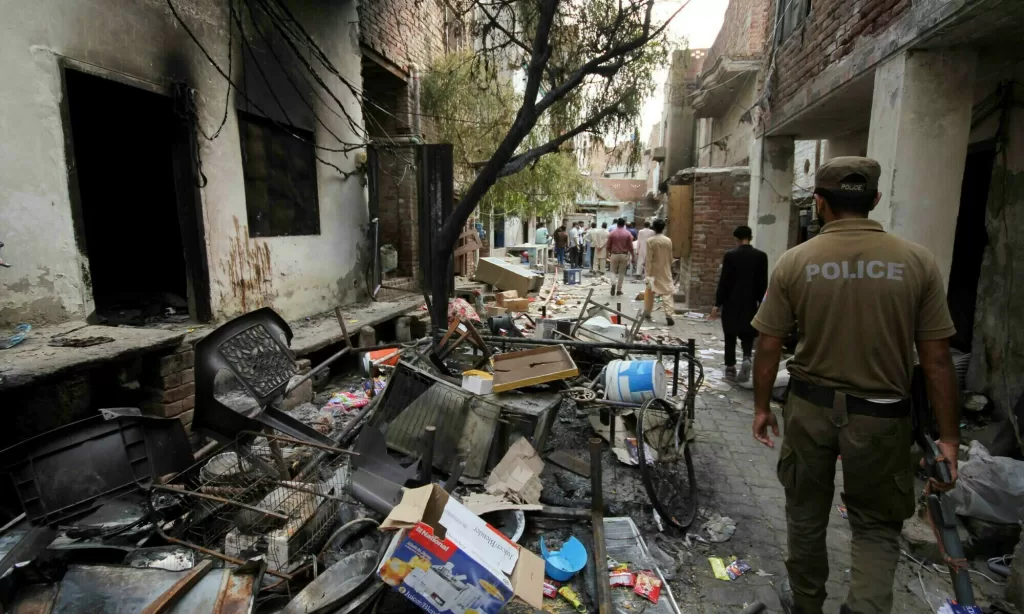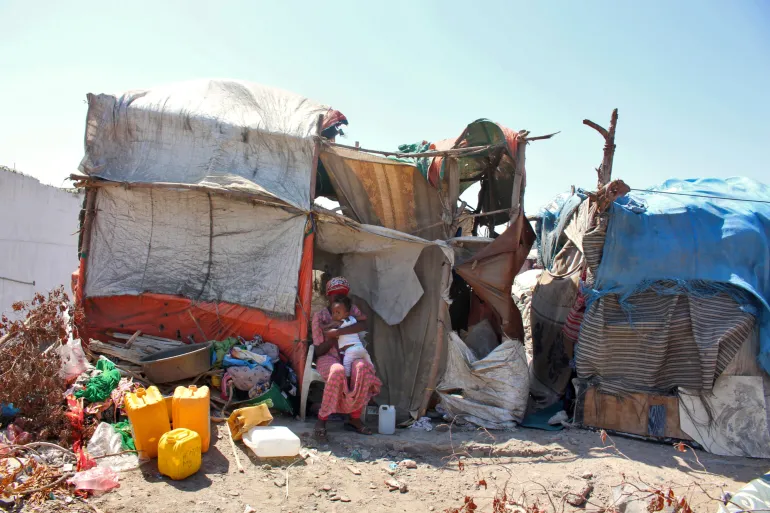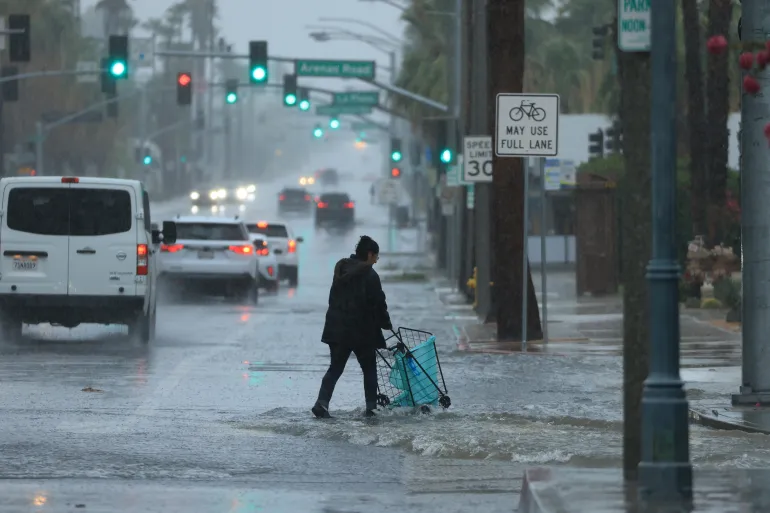Jaranwala residents had little to begin with the violent mob took away their hope too
It’s Friday afternoon, August 18, two days after dozens of Christian homes and 19 churches in various neighbourhoods and villages of Faisalabad’s Jaranwala tehsil were vandalised and burned down by a mob over blasphemy allegations. Sayedwala Road, which cuts through Jaranwala city is lined with rows of prison vans and police vehicles. Law enforcement agencies are on high alert in surrounding cities, including Faisalabad, where most residents of Jaranwala had fled ahead of the attacks on their homes. They say they are expecting another mob attack after Friday prayers. Inside Jaranwala, the road leading from Sayedwala Road to Cinema Chowk is blocked with barbed wire and all entrances leading to the roundabout have been cordoned off. The alleged blasphemy incident occurred at Cinema Chowk, a few hundred meters from Jamia Masjid Mahtab, where the prayer leader made announcements, inciting the violence that followed. Additional police contingents from Faisalabad and Rescue-1122 fire engines dot all road entrances from Christian Town to Essa Nagri in Chak 127 on the fringes of Gogera Bank Canal, around two kilometres away, all the way to the Parish House, a further 2kms away. In the street next to Jamia Masjid Mahtab, two to three homes out of many are reduced to ashes. Here, a man sits outside his burned house on a chair and his neighbour, a woman, stands on the footsteps leading to hers. “Someone knocked on my door early in the morning and said everyone in Christian Town has left because of an impending attack and you need to hurry,” she says, reminiscing the ordeal matter-of-factly. The blasphemy suspects were residents of Christian Town, a crisscross maze of narrow streets and no sewage system, a few blocks behind Jamia Masjid Mahtab and adjacent to Chammra Mandi (leather market). An adjoining street carries a makeshift banner with the slogan of Tehreek-i-Labaik Pakistan. A makeshift banner of the TLP hangs in a street adjacent to Christian Town. All photos by author Tents and barbed wire secure the perimeters of the streets where the suspects lived and if those weren’t enough, policemen wade through overflowing gutter water to turn people away from the place. All the homes in those streets are almost burnt to ashes. But in the street next to the mosque where the lady lives, someone had to identify for the mob which of those homes belonged to Christian families. Pointing at her neighbour sitting outside his burned house, she says they only returned Friday morning at around 10am because officials of the building department were supposed to visit their homes to estimate damages. Valuables stolen from a trunk inside a home in Essa Nagri. The Punjab government is considering an offer of recompense for damages between Rs200,000 and Rs1 million, depending on the scale of the damage. On Friday, building department officials began visiting homes in various neighbourhoods to begin to devise a mechanism to estimate damages. “We will measure the size of these houses and arrive at an estimate based on what we can see,” said a building official, making the rounds in Essa Nagri. Irreplaceable losses In Essa Nagri, a member or two of each house that was torched also sit on chairs waiting for the inspection teams to arrive. In this neighbourhood, the boundary wall of the United Presbyterian Church, whose pink walls with painted Christmas ornaments still emanate heat, were broken down using hammers and set alight. The church leads into an extremely narrow street littered with the burned frames of cycles, furniture, and refrigerators. The first house on the right belongs to Allah Ditta and his mother. The 30-year-old was employed as a gardener at Jaranwala Assistant Commissioner Shaukat Masih’s home, who had to flee himself. Allah Ditta says his house was targeted because people in the vicinity knew of his employment. His mother walks me through the ransacked and burnt down rooms, but especially asks me to see the roof. Broken furniture inside a room in Allah Ditta’s home. Iron girders of the roof have melted to the ground inside a home that was vandalised by the mob. “My special needs son lived here,” she says, pointing at the scorched remains of a once bedroom. The iron girders of the roof have melted and fused with the floor. Charred remains of her son’s pigeons litter the ground. “They burned his pigeons,” she says, offering no other explanation. A few paces from her house, another resident, Sarfaraz Emmanuel Paul, stands outside his home surrounded by video loggers and journalists who want to film his burned down house and record his interview. His mother was a Sunday School teacher and in one of the rooms that was completely burned down, her Sunday School materials and hymn books were ripped apart and set on fire. As I walk through the streets, a couple sitting outside their home recognise me and call me over. They were members of our church once and had used all their retirement funds to move to Essa Nagri a few years ago to start a small prayer ministry. Their home, to the left of Pastor Saleem Arif’s All Evangelical Covenant Church near Gogera Branch Canal, was looted and burned to the ground. The pastor’s own home, on top of the church, was also looted and burned. The story is the same in every street of Essa Nagri as visitors — journalists, government officials, neighbours, NGO workers and members of the clergy — hug and cry with the residents, most of whom have returned that day and are seemingly apoplectic with shock. ‘Indescribable scenes’ Shahbaz Samuel Francis Masih, an elder (position of authority in church hierarchy) at the Catholic Church, describes how the violence played out in his street. According to him, Father Khalid Mukhtar called him and asked him to tell people to leave. He oversaw the exodus and sent those who couldn’t leave into nearby sugarcane fields. He points at an ‘alam’ (a black flag marking Shia place of residence) erected at a house in the distance. “I ran to my
Jaranwala residents had little to begin with the violent mob took away their hope too Read More »
News



